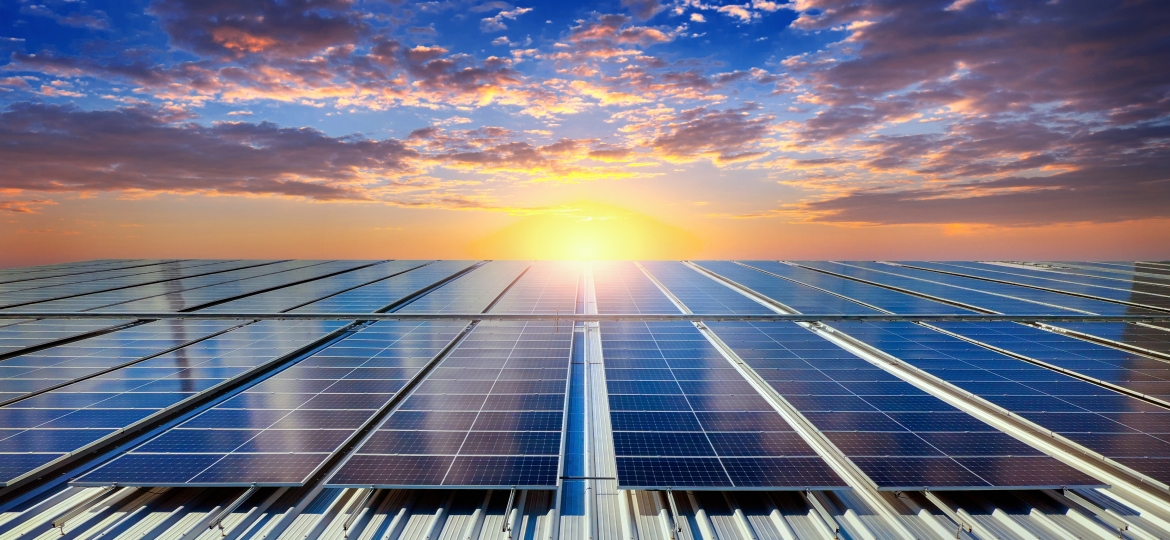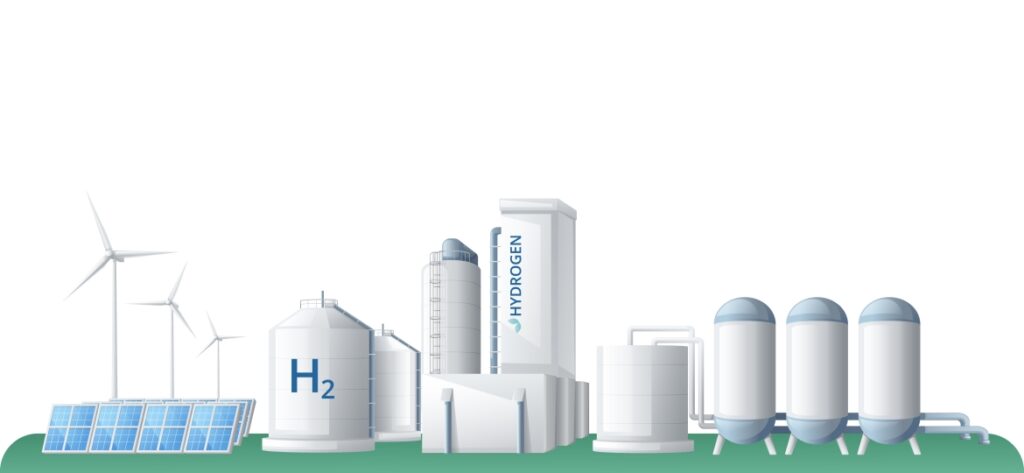October_Photovoltaic Feature|N-TOPCon Solar Cells Demand to Rise
The development of silicon-based solar cells can be traced back to the 1950s, when Bell Labs produced the world's first silicon-based solar cell, but at the time the conversion efficiency was only 61 TP3 T. With the first oil crisis in the 1970s and the realization that fossil fuels may one day be depleted, solar power technology began to receive more attention, with scientists pursuing the conversion efficiency of solar cells in the lab and companies pursuing the transfer of lab technology to the market. Scientists pursued the efficiency of solar cell conversion in their laboratories, while corporations pursued the transfer of laboratory technology to the marketplace. In the 21st century, the awareness of energy saving and carbon reduction has risen, coupled with the maturity of silicon semiconductor technology. Polycrystalline silicon PERC (p-type) technology has become the mainstream, with power generation efficiency reaching the technical limit of 22%. Over the past decade, China's strong investment in green energy has helped it become the world's major supplier of polycrystalline solar cells, with 80% of the world's solar "polycrystalline silicon" raw materials being produced in China. Now, with the p-type solar cell power generation efficiency is close to its physical limit, solar cell technology has come to the change of generation of the alternating moment, n-type TOPCon solar cell is about to take off in 2024 to meet the demand.










